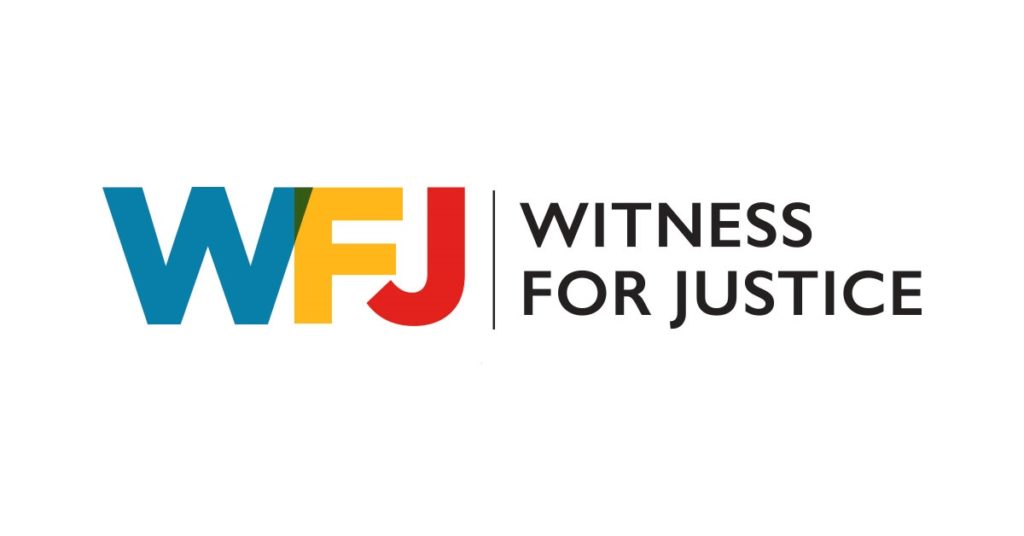What’s Best for the Children?
On June 15, the Supreme Court ruled in a 7-2 decision that the Indian Child Welfare Act (ICWA) of 1978 is constitutional, despite challenges to it from three non-Native families and three states. The Washington Post characterizes the ICWA as a law “passed to remedy what Congress said was a disgraceful history in which hundreds of thousands of Native American children were removed from their homes by adoption agencies and placed with White families or in group settings.” While “disgraceful” certainly understates the generations-long governmental practice of removing Native American children from their homes, tribes, and communities and placing them with families who knew nothing about their language, culture, or needs, the purpose of this law was and is to strengthen tribal community and affirm the tribes’ political sovereignty.
The ICWA created practices to ensure that when Native American children are not able to be cared for by their parents, they are placed in kinship settings or Native American foster homes. Additionally, according to SCOTUSBlog, “The law gives tribal courts exclusive jurisdiction over child-custody proceedings involving Native children who live or have their permanent residence on tribal land. However, ICWA’s minimum standards apply in child-custody proceedings in state court for the millions of Native American children who do not live on tribal land.” This means that Native American children who are removed from their homes, whether on tribal land or elsewhere, find suitable placements with families who are committed to the survival of Native American cultures, beliefs, languages, and practices.
Justice Samuel Alito wrote a dissent in which he decried this decision as “compel[ling]” family courts to make decisions that directly conflict with what those courts may deem as “in the best interest of the child.” Yet the ICWA serves to protect the best interest of the child and their tribe to retain cultural and family ties in the midst of foster care or adoption placements. There do not appear to be indications that the White families in this case (or the states who were parties) attempted to maintain relationships with a child’s tribal community to strengthen those relationships in the midst of a traumatic foster or adoption placement. That is hardly in the best interest of those children!
To see this law affirmed by the Supreme Court is indeed a victory—but we must continue to pay attention to the attempts to proscribe tribal sovereignty that underscore White privilege and bolster a culture of White supremacy in this nation. All of this comes amidst a renewed reckoning with the abuses experienced at Indian boarding schools in the nineteenth and twentieth centuries, where children were removed from tribes and families in attempts to eliminate their tribal connections and force assimilation into a White culture. Many of these boarding schools took as their mission “kill the Indian, save the man [sic]” and attempted to achieve this through physical abuse, sexual abuse, and severe punishments for speaking the languages of their families and tribes. The General Synod of the United Church of Christ will take up a resolution related to Indian and Hawaiian boarding schools at its next General Synod in Indianapolis from June 30—July 4.
ABOUT THE AUTHOR
View this and other columns on the UCC’s Witness for Justice page.
Donate to support Witness for Justice.
Click here to download the bulletin insert.
Related News
Demystifying the Stigma of Mental Illness
Like many others, I come from a family system that placed taboos on speaking publicly about...
Read MoreStaying Grounded in Tumultuous Times
For years I have referred to myself as a peace-loving hippie-type pacifist who believes that...
Read MoreVision and Reality
In 1215, at Runnymede in England, King John signed the Magna Carta. The mythos surrounding...
Read More
